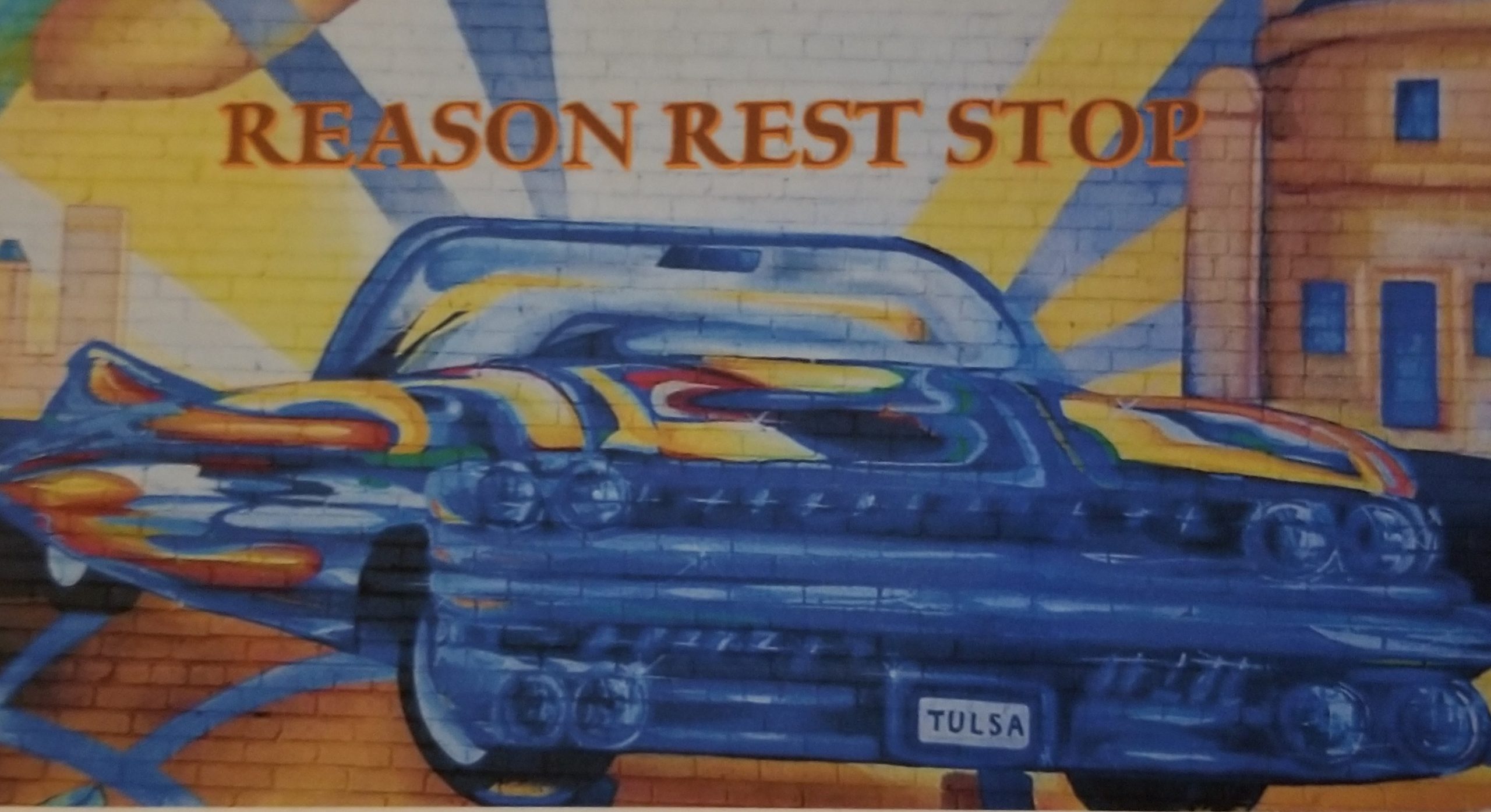President Harry Truman once said, “The only thing new in this world is the history that you don’t know.” On this fiftieth anniversary commemoration of Bloody Sunday in Selma, Circle Cinema held a special showing of the documentary film Children of the Civil Rights. It was indeed a celebration of a piece of not so much forgotten but often overlooked history of how then pervasive Jim Crow laws in Oklahoma were protested and how enough people quietly displaying their objection to them eventually led to their ultimate abolishment. I must admit that it was something that I never was exposed to in Tulsa Public Schools, Tulsa Junior College or the University of Oklahoma. It was made much more real to me as a few of those who were actually part of it when it happened were present for this Circle Cinema event. The history detailed in this documentary should make any heretofore unaware citizen of this state proud to be an Oklahoman.
Present for the event was the film’s director, Julia Clifford, and one who participated in the Oklahoma City lunch counter sit-ins as a seven-year-old girl, Ayanna Najuma, each pictured above. Ms. Clifford is a full time CPA who now resides in the Pacific Northwest community of Bellingham, WA. She is originally from the Carter County Oklahoma town of Ardmore and, like myself, had previously not heard or read anything about the organized youth lunch counter sit-ins that took place in downtown Oklahoma City in the early 1960s. It was not until a few years ago during a visit with her parents that she heard this story from her father who was another active participant in the Oklahoma City non-violent civil rights activities. According to Ms. Clifford’s father, it indeed was the children who were the heroes of the Civil Rights Movement!
The film details the story of Clara Luper, history teacher and NAACP Youth Council advisor and how she and others taught her students principles and concepts of nonviolence of the sort developed and practiced by Mahatma Gandhi. It showed how the youth participants were well educated on the issues of social justice and inequality. There are interviews with some of the principle members of the Civil Rights movement, most notably the current Georgia 5th District Congressman, John Lewis. Mr. Lewis was the chairman of the Student Nonviolent Coordinating Committee at the time of the OKC lunch counter youth sit-ins. After the film local writer Ray Pearcey moderated a Q&A session held in the Gallery of the Circle, pictured above.
Learning about this story made me think a lot about why I had not heard about it before. A likely reason is because even though the youth protesters were often badly treated by many of the adults with whom they interfaced in the course of their protest, even in front of the abuser’s children, no violence occurred. No bombs, no shootings, no real verbal retaliation on those doling out the abuse! This is a statement to resolve of commitment to nonviolent social change and the superb preparation of those engaged in the mission. Even those individuals whose contempt overflowed on these children while they were just trying to order a hamburger and a soft drink have to admire that!
I strongly recommend this film for anyone not familiar with the story and even for those who are. We find ourselves today at a milestone, a time fifty years beyond Bloody Sunday in Selma, and we look back to see how far we have really come in terms of Civil Rights progress. In spite of having elected and reelected the first African-American President, the official absence of Jim Crow laws and affirmative action policies helping with minority upward mobility, we are still confronted with some ugly realities. When we see obstruction to voting access for poor and minority citizens, a disproportionate number of black suspects shot by police and policing policies in predominately black communities that create what is tantamount to a debtor’s prison system, let us not forget the effectiveness of nonviolent social change.

